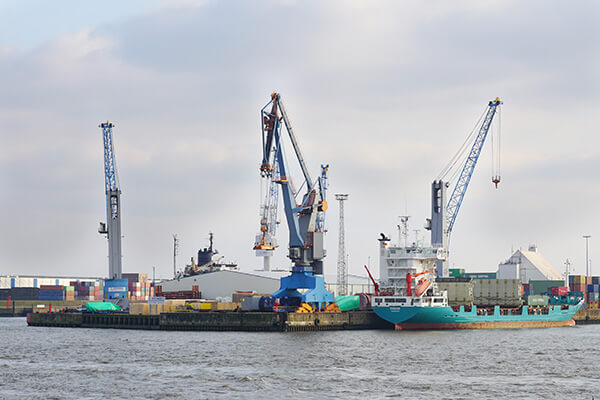
Mexico’s state oil company Pemex has laid out the broad strokes of a new strategy that could dramatically expand its use of partnerships in the Mexican exploration and production sector over the next five years.
The plans open up the possibility of more than 160 new opportunities for private companies over the next two years.
Pemex has already announced plans for the farm-down this year of an interest in the deep-water Trion discovery, and said 2017 would also bring other farm-outs in the shallow-water area of Ayin-Batsil and the onshore areas of Ogarrio and Cardenas-Mora. The company’s latest 2016-2021 business plan also labels 2017 as its target date for partnerships in the extra-heavy oil field of Ayatsil-Tekel-Utsil and the tricky but promising region of Chicontepec, as well as seven more unspecified onshore areas in the northern and southern parts of the country.
The strategy also sets out ambitious plans for 2018, with six deals proposed for shallow waters in the northern part of the country, 64 onshore agreements in the north and south and 86 natural gas contracts in the Burgos and Veracruz areas.
“Pemex’s business plan is a good roadmap, but short and medium-term challenges remain,” political risk consultancy Eurasia Group wrote in a note. “Operational challenges will remain substantial and many of the projects are likely to face delays.”
Pemex only recently gained the ability to take on operating partners in its projects as part of reforms passed in 2014 to end its nearly 80-year monopoly.
The state-led company has touted its new ability as being crucial to helping make up for its declining production curve and bringing in new technology and best practices.
A small number of farm-outs were announced with the passage of implementing legislation in 2014, but details since then have been scant other than Trion. Industry executives have called for more opportunities.
When it comes to exploration rights, by law Pemex must sign contracts for stakes in its projects via an open public bid round run by Mexican oil regulators, not just by direct negotiations.
Pemex did not provide many details on the projects mentioned, merely offering a list of “business opportunities” as part of its roadmap forward.
The strategy was unveiled as Pemex comes under pressure to show progress and activity on areas assigned in the process known as Round Zero.
That process divvied up what fields the Mexican player could retain following reforms but, without activity, acreage reverts back to regulators.
“The plan is very ambitious but I think it’s rightly so,” said Francisco Monaldi, adjunct professor of political economy of oil at Rice University in Houston, suggesting executives aim to position Pemex to take full advantage of the abilities offered by the energy reform.
Chiefly, Pemex will need to find a “winning formula” that can incentivise new operators to come in, and the process for the deep-water Trion block may end up being a model for that going forward, according to Luis Miguel Labardini, partner at Marcos y Asociados in Mexico City.
Ongoing discussions surrounding that joint operating agreement, with lots of feedback from international oil companies, led to the jettisoning of provisions that could have limited the autonomy of new partners, such as the ability of Pemex to unilaterally remove the new operator despite holding a minority stake in the project.
Some of the areas mentioned, notably the Ayatsil-Tekel-Utsil extra-heavy oil field and the Chicontepec region, also have higher production costs that could make economics difficult if lower oil prices persist.
Experts also acknowledged future political risk. The term of energy reform proponent President Enrique Pena Nieto is up in 2018, and the administration at present stands in a weak position due to multiple corruption scandals and its inability to stem violence from drug cartels.

Scroll to top

 Fundamental factors to strengthen Pemex12 August, 2019
Fundamental factors to strengthen Pemex12 August, 2019 Offshore Project Development: The Road to First Oil26 July, 2019
Offshore Project Development: The Road to First Oil26 July, 2019
